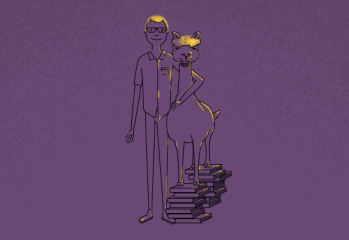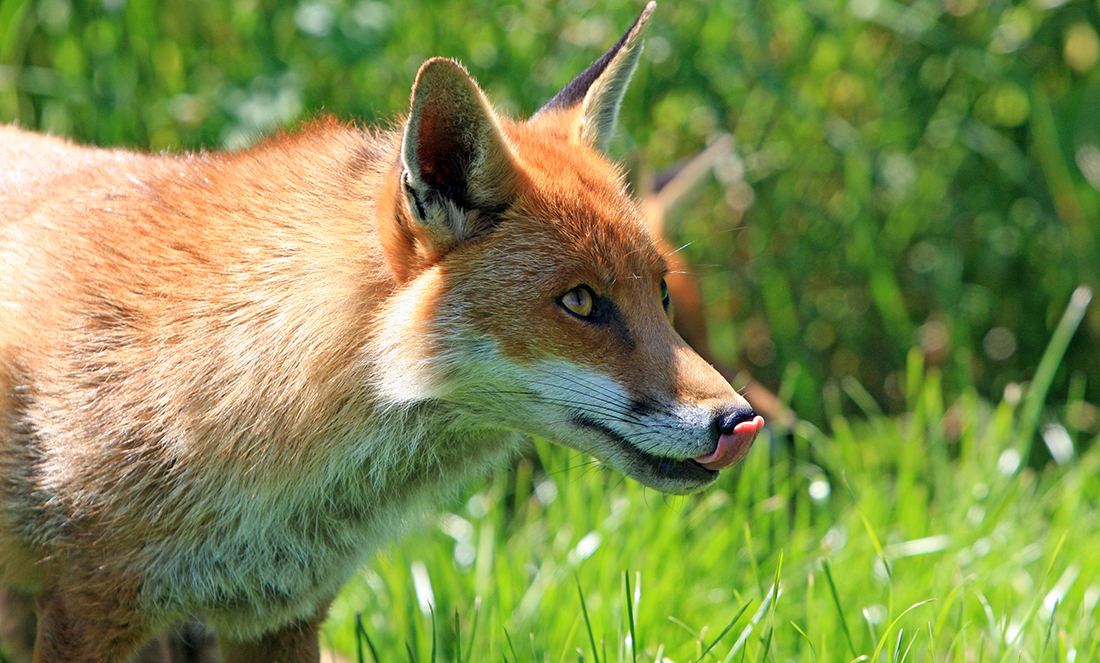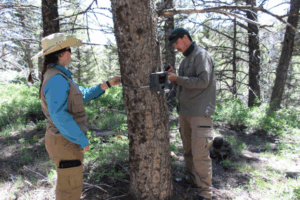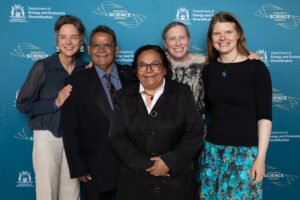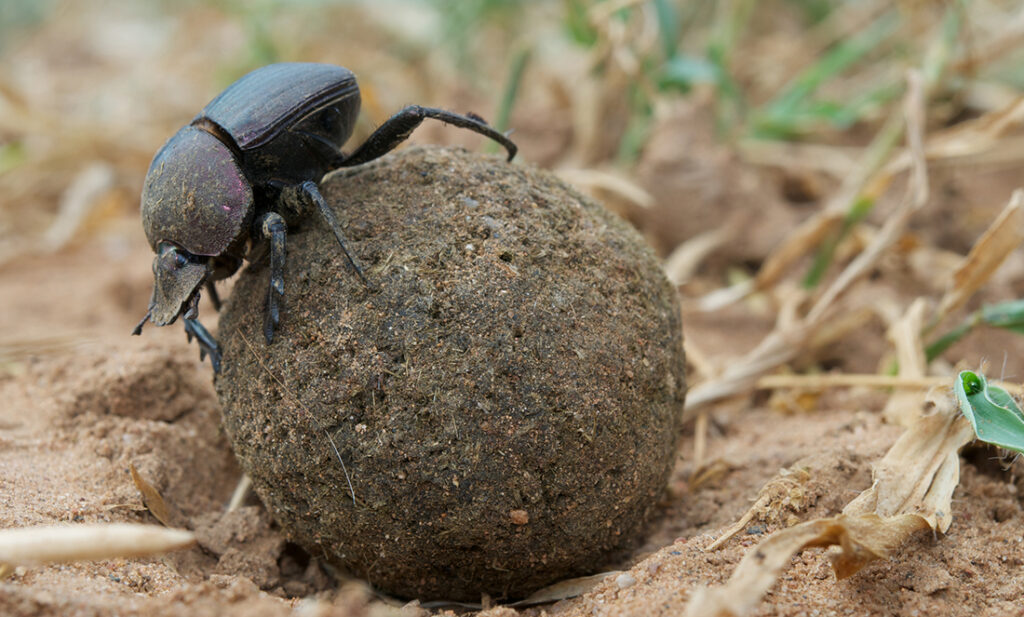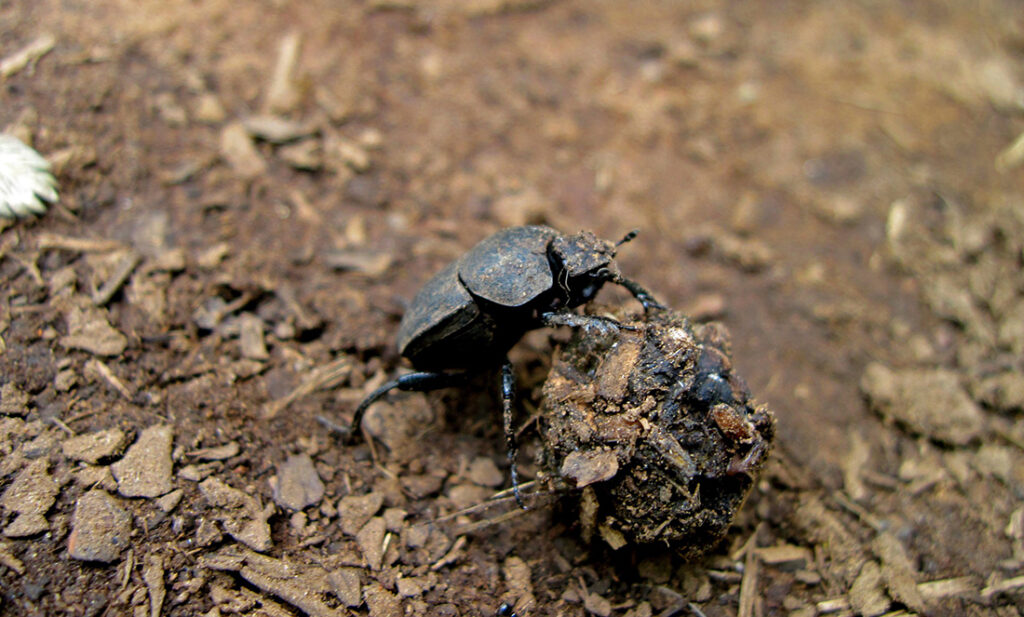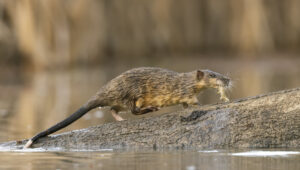Foxes, cats and rabbits. They may look cute and cuddly, but they are three of our worst environmental offenders. Foxes and cats prey upon native wildlife. And rabbits … well, they breed like rabbits and out-compete native species.
Then there’s the toxic cane toad, spreading like a disease across Australia. And goats! Who knew those funny bearded creatures could cause so much chaos?
It’s no surprise most Australians are feeling burned by introduced species, which is why a lot of these ferals are shot dead, poisoned or otherwise eliminated.
But is the issue really so clear cut? Are introduced species always bad?
Native species only
This has generally been the view of modern environmental management—to protect native species and avoid introduced ones like the plague.
However, some case studies have ecologists thinking a little differently about the way we view introduced species. A few introduced species have begun pulling their weight in the ecosystems they’ve invaded.
Unsung heroes
In the Happy Valley region of Pennsylvania, an invading plant is helping native birds. Penn State researchers found the non-native honeysuckle plant provided food and nesting for local birds. If removed now, it could be detrimental to native bird populations.
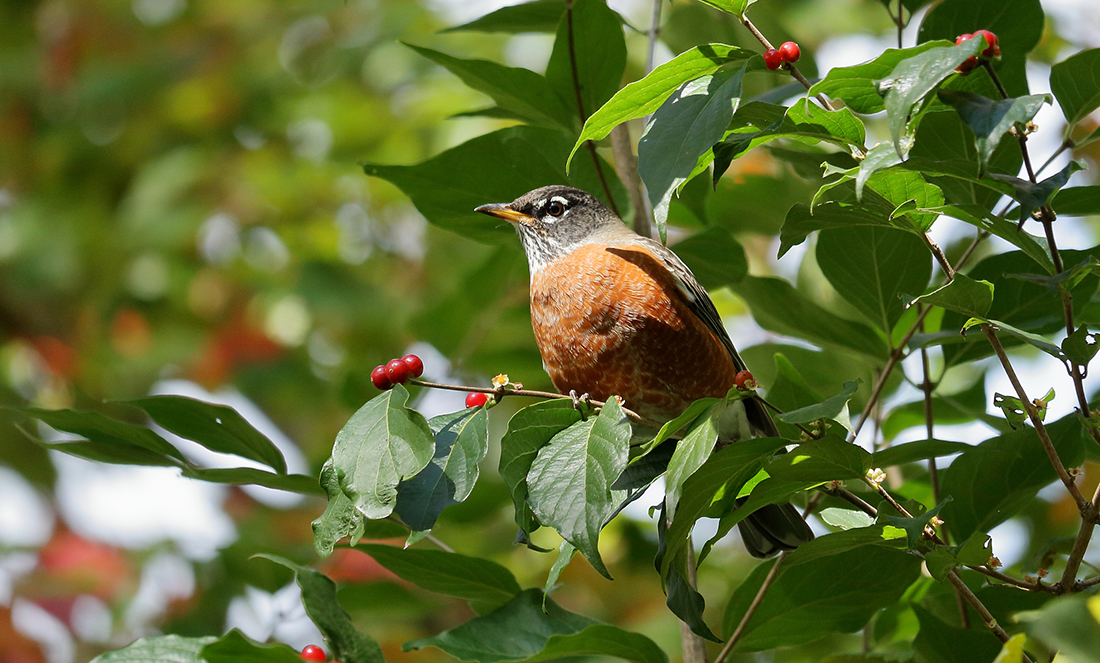
The Aldabra tortoise is also proving to be a gentle giant in its home away from home. The giant tortoise was introduced to a small island off the coast of Mauritius. The island’s former native species of giant tortoise had gone extinct. This created a knock-on effect for the rest of the ecosystem.
Since the introduction of the Aldabra tortoise, life on the island is looking up. The tortoises help disperse seeds of native vegetation and eat weeds.
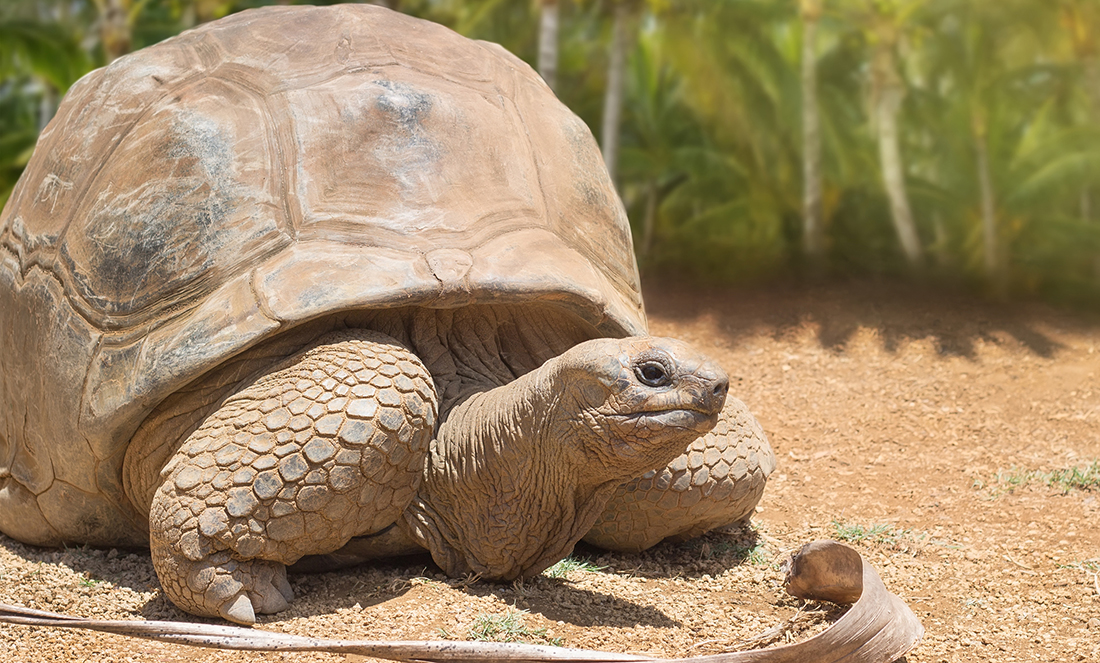
In Australia, introduced beetles are making a big difference for farmers. In case you didn’t know, cows poop. A lot. Around 10 – 12 times a day in fact.
Nuisance flies, like the common house fly, breed prolifically in cow poo. Each cow pat can lead to 3000 new flies a fortnight. All those flies buzzing about is distressing for both farmers and their stock.
Dung beetles can bury this mess, but if they’re not quick enough, pastures can become overrun with dung. Australia’s native dung beetles are good at dealing with neater little marsupial poos but struggle with the vast amount produced by cattle.
That’s why CSIRO introduced South African and European dung beetles to help share the load. The program ran successfully from 1969 to mid-1990. They’re now monitoring a more recent release of beetles from 2014.
Shifting the focus
Do these few cases mean we should start promoting methods of biological control? Probably not. In the vast majority of cases, invasive species have been bad news for their new ecosystems. But they could help us think of conservation issues from a different angle.
Imagine how many millions of dollars have been poured into killing cane toads, only for the warty wanderers to continue their spread into WA. It’s only in recent years we started coming up with a plan B, such as trialling cane toad sausages.
Nature is dynamic, forever moving. And with issues like climate change coming into play, wildlife will be moving around more. When species invade successfully, they’re usually difficult and costly to remove, and they may not pose a true threat.
Future ecologists may need to start looking at the function of a species in an ecosystem, rather than just its place of origin, and make the best management decisions from there.
